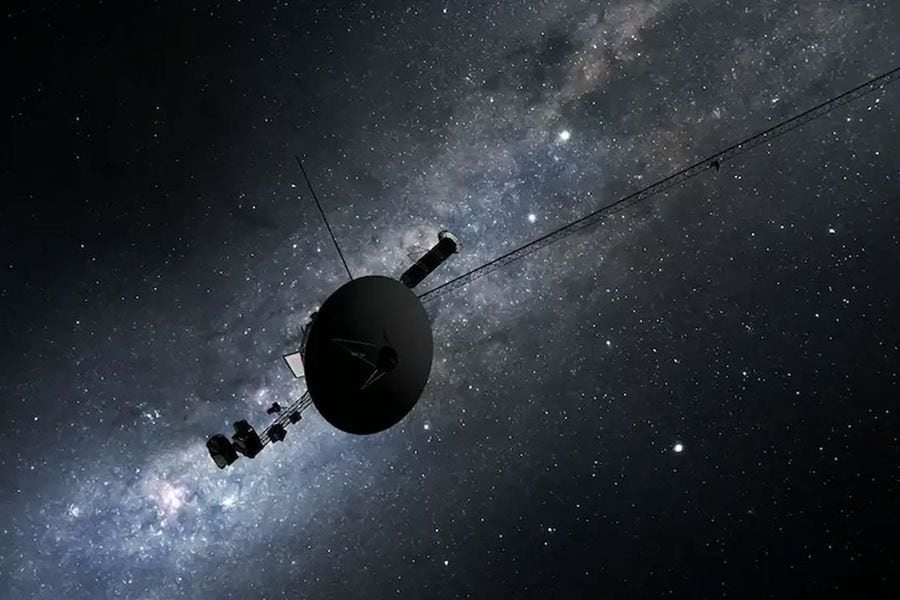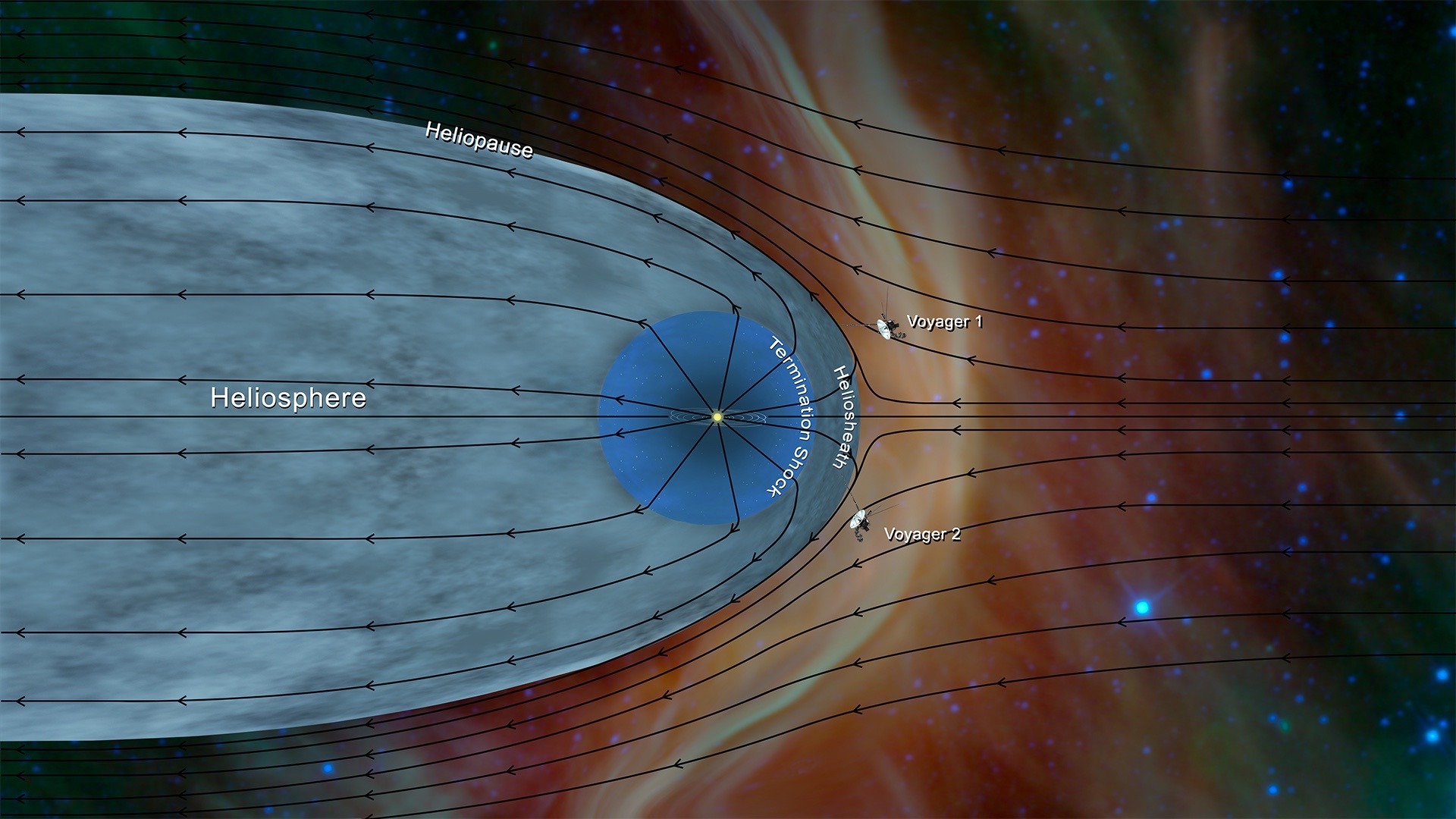The scientist, who worked on NASA’s Voyager mission for half a century and helped spacecraft pave the way beyond the Solar System, expressed concern about their safety. Now they travel in interstellar space. According to him, “the probes dodge bullets.”

In an interview with Mashable, physicist Alan Cummings from the Jet Propulsion Laboratory at the California Institute of Technology, who has been involved in probe missions since the beginning, explains that Voyager 1 and Voyager 2 are in even greater danger after leaving the heliosphere.
Last week, NASA felt a huge sense of relief when Voyager 1 restored communication with Earth after five months of malfunction. It took the incredible engineering ingenuity of the agency’s team to get the space probe back to work. But, as Cummings notes, although the consequences have been corrected, scientists are still not sure about the original source of the problem.
Although Voyager 1’s five-month lull was unusually long, this is far from the first time that both probes, which are about 24 and 32 billion km from Earth, respectively, have run into trouble.

The first wake-up call occurred in 2010, when Voyager 1 began transmitting “gibberish” to Earth. Scientists still don’t know exactly what happened. But Cummings suspects that cosmic rays are the reason, because the “galaxy is riddled” with them.
“We don’t know everything. But I do think galactic cosmic rays are the guilty party here for most of these problems,” explains Cummings.
In addition, scientists do not know for sure whether cosmic rays are the culprits of the misfortunes that the devices suffered during their journey outside the Solar System. Scientists are also not entirely sure what is the source of these ruthless, ultra-high-speed rays.
There is a theory that they are caused by the explosion of supernovae, which give particles a huge momentum and scatter them in all directions. The impact from the supernova is so strong that the particles are stripped of their shells and fly through space like tiny but powerful charged nuclei. That’s why Cummings says the vehicles “dodge bullets.”
Earlier, we reported on how Voyager 2 overtook Pioneer 10.
Follow us on Twitter to get the most interesting space news in time
https://twitter.com/ust_magazine


